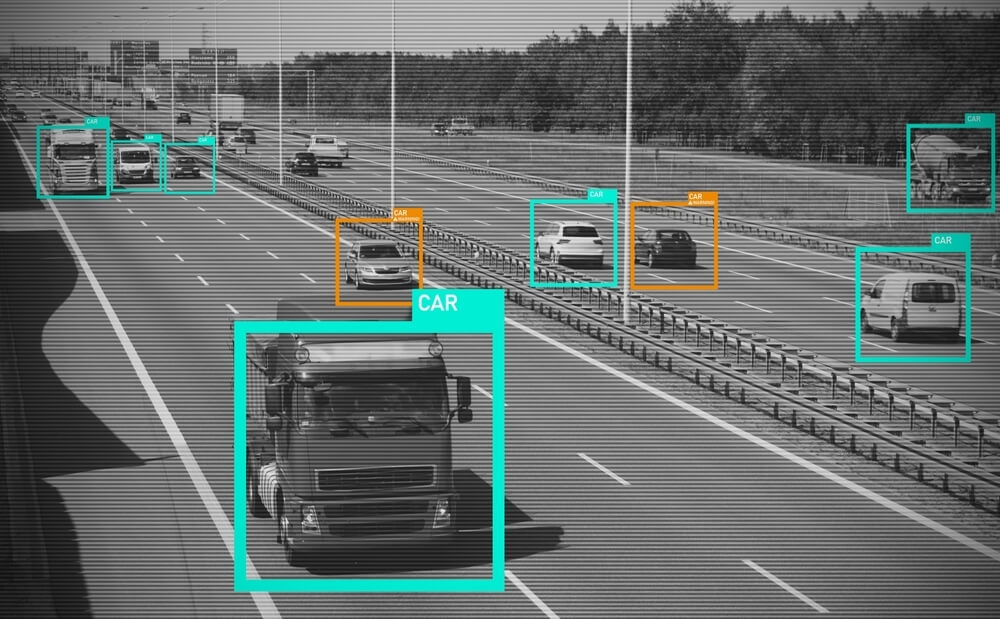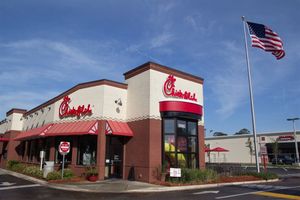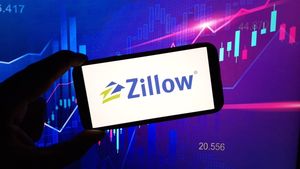
Every day in North America, pedestrians and cyclists encounter life-threatening near misses at busy intersections, incidents that often go unreported but signal where tragedy could strike next. A new nationwide study from the Canadian Automobile Association (CAA) and Miovision shows the scale of the risk: one in every 770 pedestrians and one in every 500 cyclists face a high- or critical-risk near miss daily, with more than 616,000 near misses recorded at just 20 intersections.
For decades, municipalities have relied on collision data to guide infrastructure decisions. But crash data is reactive — it only becomes available after a crash occurs. Near-miss data gives cities predictive insights to act before crashes happen, saving lives and reducing costs.
“This study gives us an unprecedented look at the everyday risks pedestrians and cyclists face, and the actionable solutions to reduce them,” said Ian Jack, CAA National VP of Public Affairs. “By identifying risk before it becomes a tragedy, we can work with cities to make intersections safer for everyone.”
How can cities use this data to meet “Vision Zero” goals?
Achieving Vision Zero — the goal of eliminating traffic fatalities and serious injuries — requires cities to move faster and smarter. It's not just a policy goal, it’s an operational concern that needs iterative improvements. One project/initiative will not get us there which is why technology becomes essential in driving progress.
Miovision’s Continuous Safety Monitoring (CSM) and Scout Plus solutions track ongoing, 24/7 pedestrian, cyclist, and driver interactions, providing municipalities with a clear picture of where risks are happening. With this level of visibility, cities can protect vulnerable road users, ease congestion, and ensure safety decisions are based on live, data-backed insights rather than outdated reports.
CSM also empowers traffic engineers to act proactively. Instead of waiting years for crash data to accumulate, municipalities can target interventions immediately, test low-cost solutions, and validate its effectiveness iteratively. This not only saves lives but also ensures resources are directed where they’ll have the greatest impact.
The CAA study reinforced the value of this proactive approach. Intersections with leading pedestrian intervals, protected left-turn phasing, and compact designs recorded significantly fewer conflicts, proving that smarter design backed by data can reduce risks dramatically.
“Our Continuous Safety Monitoring solution is more than a tool; it’s a paradigm shift,” said Kurtis McBride, Co-Founder and CEO of Miovision. “Instead of waiting years to analyze crash reports, we’re giving cities the ability to act faster and prevent tragedies before they happen.”
Real-world examples of how cities use this data to make streets safer
Near-miss analysis doesn’t just flag risks — it gives decision-makers the evidence to justify policy changes and targeted investments. With tools like Miovision’s Continuous Safety Monitoring, cities gain visibility into data they have never had before, allowing them to act sooner, prioritize interventions, and measure the impact of the improvements over time.
The results in Bellingham, Washington, illustrate how this works in practice. On Holly Street, a busy downtown corridor, “The data has helped us develop targeted, low-cost solutions and better understand the needs of our city streets,” said Shane Sullivan, City Transportation Engineer, Bellingham, WA.
By giving decision-makers visibility into patterns that once went unnoticed, near-miss data is helping cities shift from reactive planning to proactive safety strategies — an essential step in building safer streets for everyone.
Learn more about how near-miss data supports proactive Vision Zero strategies with Miovision.
Media Contact
Company Name: Miovision
Contact Person: Dina Guttensohn
Email: Send Email
Country: Canada
Website: https://miovision.com/






